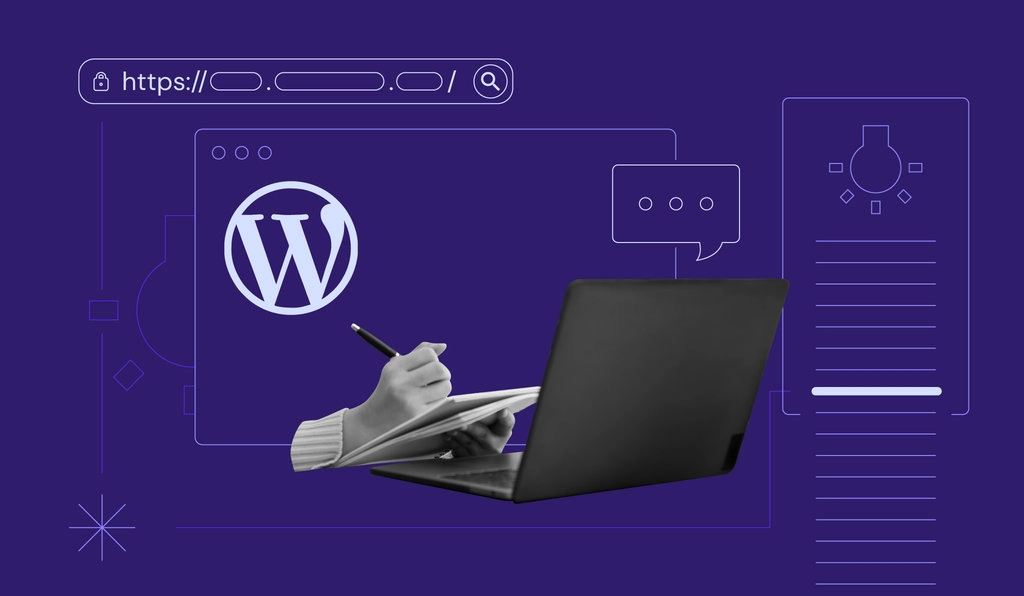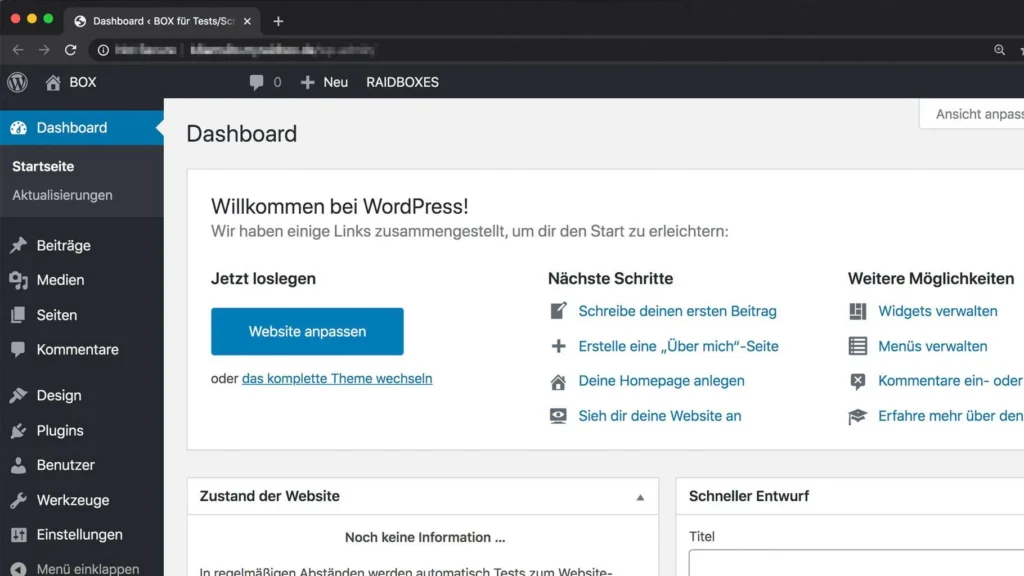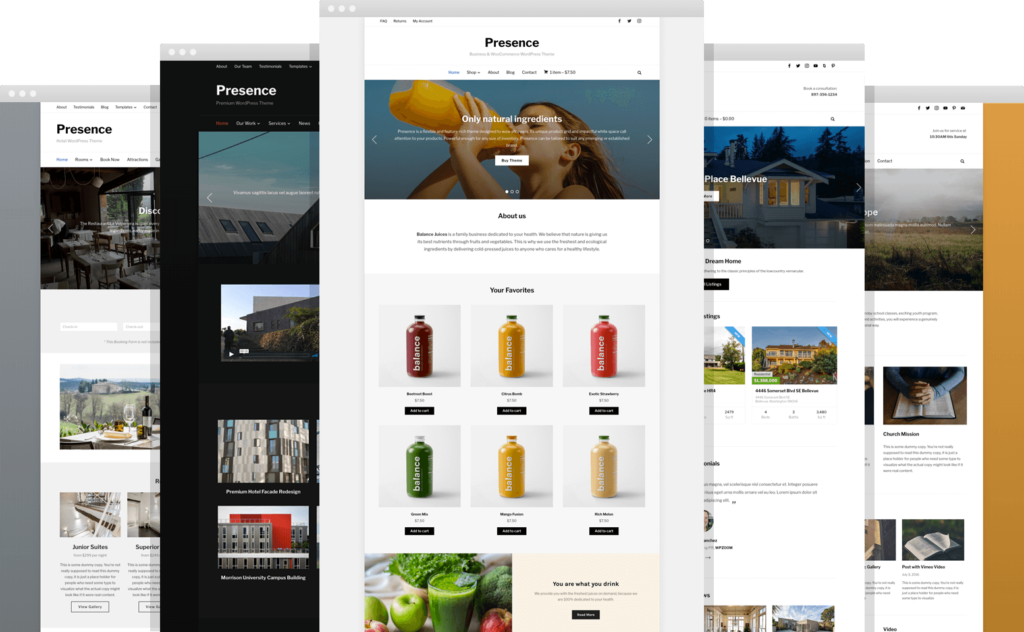WordPress Course. In today’s digital age, having a strong online presence is crucial for businesses and individuals alike. WordPress, a powerful and versatile content management system (CMS), has emerged as a popular platform for website development. With its user-friendly interface, extensive customization options, and robust community support, WordPress empowers users to create stunning websites without needing extensive technical expertise. This comprehensive guide will delve into the world of WordPress website development, covering everything from getting started to optimizing your site for search engines. For WordPress Course [Click Here]
Why Choose WordPress for Website Development?

1. User-Friendly Interface
One of the primary reasons WordPress is favored by millions is its intuitive and user-friendly interface. Whether you’re a seasoned developer or a beginner, WordPress makes it easy to create, edit, and manage content. The platform’s dashboard is straightforward, allowing users to navigate and customize their sites with ease. For WordPress Course [Click Here]
2. Extensive Customization Options
WordPress offers a vast array of themes and plugins that enable users to tailor their websites to meet specific needs and preferences. Themes provide the design foundation, while plugins extend functionality, allowing for features such as e-commerce, SEO optimization, and social media integration.
3. Strong Community Support
With a large and active community of developers, designers, and enthusiasts, WordPress users have access to a wealth of resources, including forums, tutorials, and documentation. This community-driven support ensures that help is readily available for any issues or questions that may arise. For WordPress Course [Click Here]
Getting Started with WordPress
1. Choose a Domain Name and Hosting Provider
The first step in creating a WordPress website is choosing a domain name and a reliable hosting provider. Your domain name should be unique, easy to remember, and relevant to your brand or content. When selecting a hosting provider, consider factors such as uptime, customer support, and scalability.

2. Install WordPress
Most hosting providers offer one-click WordPress installation, simplifying the setup process. Once installed, you can access the WordPress dashboard by navigating to “yourdomain.com/wp-admin” and logging in with your credentials.
3. Select a Theme
Choosing the right theme is crucial for your website’s design and user experience. WordPress offers both free and premium themes, catering to various industries and styles. When selecting a theme, consider factors such as responsiveness, customization options, and user reviews. For WordPress Course [Click Here]
Customizing Your WordPress Site
1. Installing Essential Plugins
Plugins are essential for extending your website’s functionality. Here are some must-have plugins for every WordPress site:
- Yoast SEO: Enhances your website’s search engine optimization.
- WooCommerce: Transforms your site into a powerful e-commerce platform.
- Elementor: A drag-and-drop page builder for easy customization.
- Jetpack: Provides security, performance, and site management tools.
2. Creating and Managing Content
WordPress makes content creation simple with its built-in editor. You can add pages and posts, insert media, and format text with ease. Organize your content using categories and tags to improve navigation and user experience.
3. Customizing Your Theme
Most WordPress themes come with customization options that allow you to tweak the design and layout without needing to code. Access the Customizer through dashboard to modify elements such as colors, fonts, and widgets.
Optimizing Your WordPress Site for SEO

1. Keyword Research
Effective SEO starts with keyword research. Use tools like Google Keyword Planner, Ahrefs, or SEMrush to identify relevant keywords and phrases that your target audience is searching for. Incorporate these keywords naturally into your content, headings, and meta descriptions.
2. On-Page SEO
Optimize each page and post on your website by following on-page SEO best practices:
- Title Tags: Craft compelling and keyword-rich titles.
- Meta Descriptions: Write concise and informative meta descriptions.
- Header Tags: Use H1, H2, and H3 tags to structure your content.
- Image Optimization: Use descriptive filenames and alt tags for images.
3. Speed Optimization
Page speed is a critical factor for both user experience and SEO. Improve your website’s speed by:
- Choosing a Fast Hosting Provider: Opt for a hosting provider known for its performance.
- Using a Caching Plugin: Plugins like W3 Total Cache or WP Rocket can significantly boost your site’s speed.
- Optimizing Images: Compress images without sacrificing quality using tools like Smush or ShortPixel.
- Minifying CSS and JavaScript: Reduce the size of CSS and JavaScript files to enhance load times.
4. Mobile Optimization
With the increasing use of mobile devices, it’s essential to ensure your WordPress site is mobile-friendly. Choose a responsive theme and test your site’s mobile performance using tools like Google’s Mobile-Friendly Test. For Free Course [Click Here]
Enhancing User Experience

1. Intuitive Navigation
A well-structured and intuitive navigation system is crucial for a positive user experience. Use clear and descriptive menu items, and organize your content logically. Incorporate breadcrumbs to help users navigate your site easily. For Freelancing Course [Click Here]
2. Engaging Content
High-quality and engaging content keeps visitors on your site longer and encourages them to explore more pages. Use a mix of text, images, videos, and infographics to make your content more appealing and shareable.
3. Interactive Elements
Incorporate interactive elements such as contact forms. Comment sections, and social media buttons to encourage user engagement. Plugins like Contact Form 7 and Disqus make it easy to add these features to your site. For WordPress Course [Click Here]
Ensuring Security and Maintenance
1. Regular Updates
Keep core, themes, and plugins updated to protect your site from security vulnerabilities. Enable automatic updates or manually update through the WordPress dashboard.
2. Backup Solutions
Regular backups are essential to safeguard your website’s data. Use plugins like UpdraftPlus or BackupBuddy to schedule automatic backups and store them securely.
3. Security Plugins
Enhance your website’s security with plugins like Wordfence or Sucuri. Which provide features such as firewall protection. Malware scanning, and login security.
Conclusion
Enhance your website’s security with plugins like Wordfence or Sucuri. Which provide features such as firewall protection. Malware scanning, and login security. By implementing these plugins, you can safeguard your website from potential threats and ensure a secure browsing experience for your visitors. Protecting your online presence is crucial in today’s digital landscape, and these security plugins offer an effective solution for WordPress website development.
Ensuring the security and maintenance of your WordPress website is crucial. Regularly updating the WordPress core, themes, and plugins is important to protect your site from security vulnerabilities. You can enable automatic updates or manually update through the WordPress dashboard. Additionally, it’s essential to schedule regular backups of your website’s data. Using plugins like UpdraftPlus or BackupBuddy. Lastly, enhance your website’s security with plugins like Wordfence or Sucuri. Which offer features such as firewall protection, malware scanning, and login security. For WordPress Course [Click Here]
